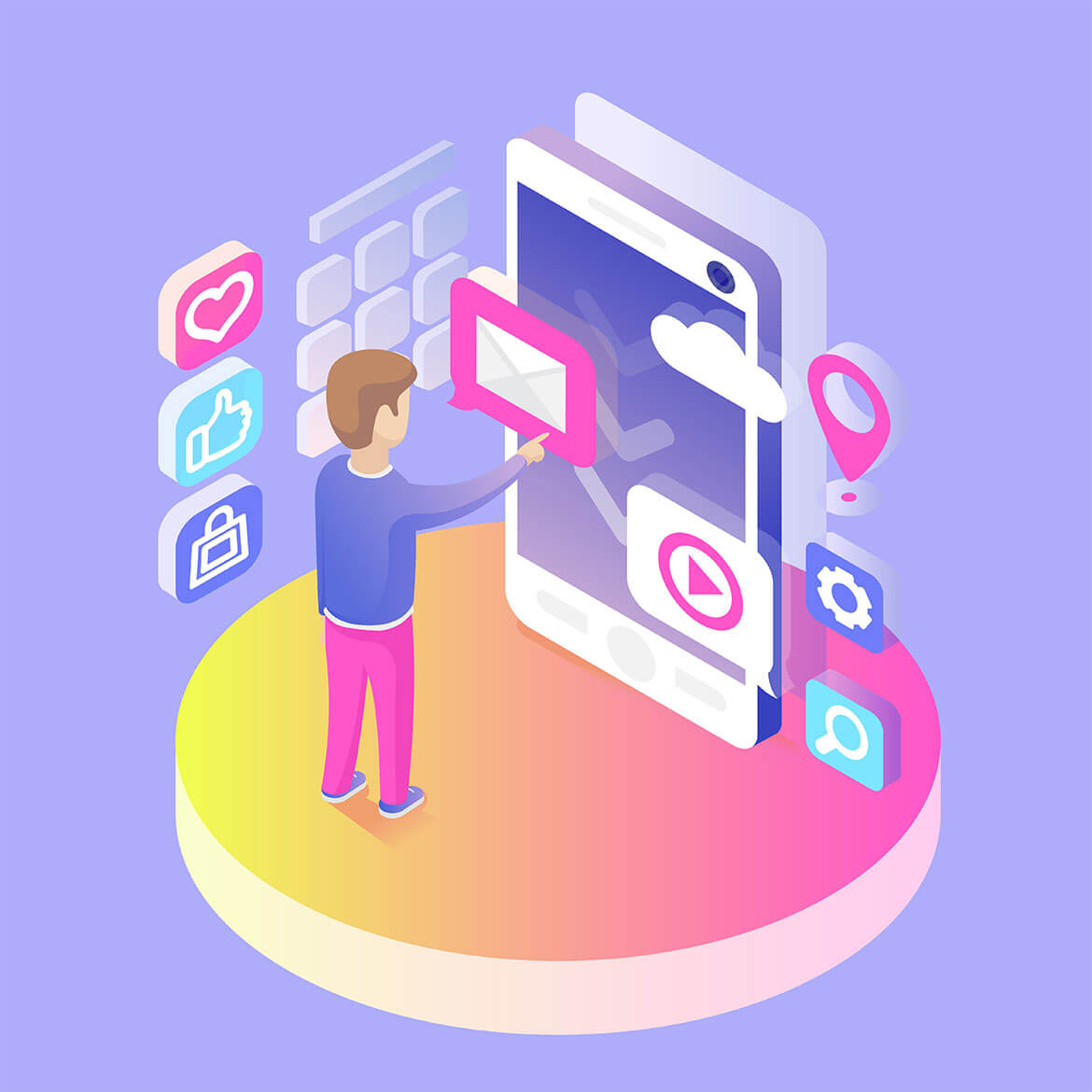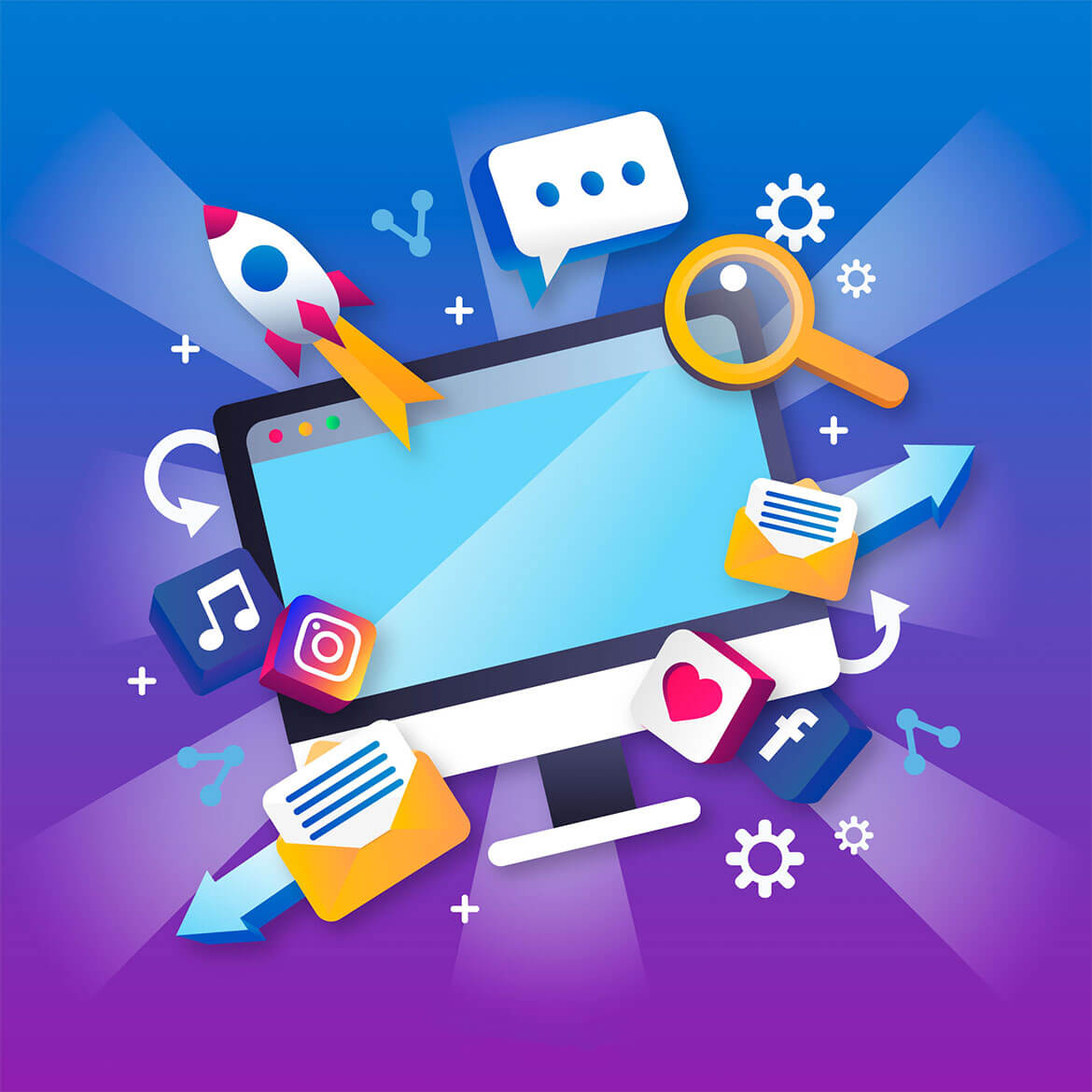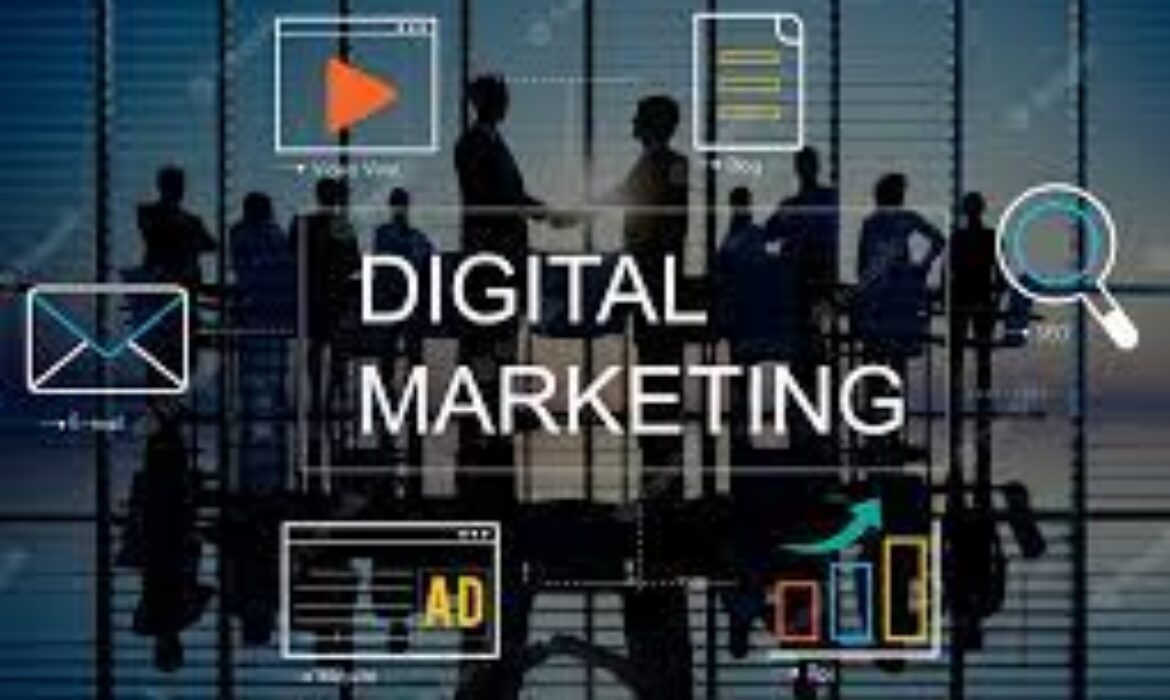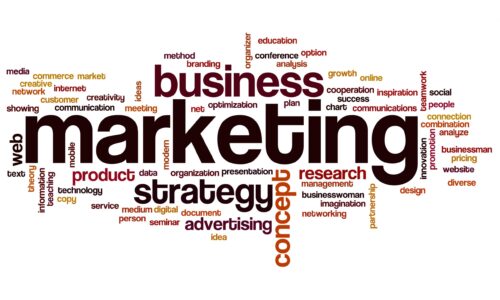Digital Marketing
Digital marketing is the use of digital or social channels to promote a brand or reach consumers. This kind of marketing can be executed on the internet, social media, search engines, mobile devices and other channels. It requires new ways of marketing to consumers and understanding the impact of their behavior. Here you will find a collection of research insights and Marketing News articles regarding digital marketing.
Top Website Translation Trends for Digital Marketers 2023
The rise of ChatGPT and AI tools have accelerated the need for machine learning in translation. Learn about the top trends in website translation in 2023 below.
The technological landscape of the 21st century is almost unpredictable, considering how far we’ve come within the first 20 years. And this is highlighted by the mass adoption of AI in the past 6 months.
Website translation does not just rely on humans anymore, and we have tools that are making the process faster and less costly without sacrificing quality. If you’re managing or planning a website translation project, these are the top trends and services available to you.
Trend #1: AI is Here and It’s Here to Stay
There’s no question that artificial intelligence has changed the landscape of business and technology forever. More companies are using it, and the most successful companies in the translation industry are going to be the ones that leverage artificial intelligence to reduce translation costs at scale without sacrificing translation quality.
Let’s look at today’s trendy AI translation tools: Google Translate and ChatGPT. As an LLM, ChatGPT can assist with website translation in several ways.
- Providing Machine Translation: ChatGPT can be used to provide machine translation of website
content in various languages. By inputting text from the website into the model, it can generate
a rough translation that can be used as a starting point for further editing by a human translator. - Answering Language Questions: ChatGPT can be used to answer language questions related to the website’s content or translation. For example, if there is a word or phrase that needs
clarification, the model can provide additional context and explain its meaning. - Proofreading and Editing: ChatGPT can be used to proofread and edit translations to ensure
accuracy and consistency across the entire website. The model can identify errors, suggest
corrections, and provide alternative phrasing for translations.
Google Translate goes slightly beyond ChatGPT. It’s a Neural Machine Translation (NMT) service that offers a website interface, a phone app for Apple and Android, and an API that allows websites to feature browser extensions. Google Translate has been used since 2006 primarily as a real-time translation tool but does have functions as a website translation service. However, it doesn’t do anything beyond word-for-word translation. Without human editing or algorithmic review, it can’t learn and improve its outcomes. It also can’t provide website localization or personalization depending on region or business.


Trend #2: Adaptive Translation™
AI Translation is not limited to Google Translate and ChatGPT. But what is Adaptive Translation™? The new addition to the MotionPoint Platform consists of three components:
- Translation Memory
Translation memory (TM) is a type of software tool used by professional translators to assist in the translation process. A translation memory is a database that stores segments of previously translated text (such as sentences or paragraphs) alongside their corresponding translations. With MotionPoint’s Adaptive Translation™ your translation memory database helps you localize your web content by providing recommended translations for words or phrases that have already been translated. - Artificial Intelligence
Artificial Intelligence detects word use, sentence structure, and intent using an artificial neural network called Neural Machine Translation (NMT), which enables deep-learning and translation quality benefits. There are two distinct types of NMTs, both useful in different cases. - Generic NMT
A Generic NMT is what we know Google Translate to be. It is an AI tool that can produce
accurate, word-for-word translations in real time. Though the translations may be
correct, it is not capable of localizing or customizing based on brand guides or local aspects. - Brand-Adaptive NMT
Brand Adapted NMT is trained and tuned to each customer’s vernacular and
preferences. It uses existing translation memory data, domain-relevant datasets, and
MotionPoint’s proprietary data processing pipeline to provide businesses with custom
NMT translations that better match their brand voice in other languages. - Algorithmic Translation
Algorithmic Translation identifies and provides human quality translations for repetitive patterns and terms such as those commonly found on websites with dynamically generated content, such as personalization or product catalogs. This helps you deliver faster, more accurate human quality translations across your website while reducing costs. For some customers, Algorithmic Translation alone handles over 80% of the ongoing translations required to maintain localized websites. These translations would otherwise be assigned for costlier human translation or machine translation with post edit workflows. - Post-Editing
AI Translation has come a long way, but with optional post-human editing, companies can ensure the best translation quality. The first three layers of translation should produce high-quality work, but an expert linguist can ensure the best outcome as well as provide localization efforts. - What Makes Adaptive Translation™ a Top Choice?
Adaptive Translation reduces the cost of human translation without sacrificing quality. Connect to MotionPoint’s Platform or BYO technology. Click here to learn more about our Adaptive Translation

Trend #3: Translation Quality Scoring
Translation quality scoring helps you know how good your translation output is and where you can
improve. This is useful in many ways, primarily to help you understand if a given translation is good
enough to publish or if it needs human in the loop post-editing.
As mentioned above, a combination of machine translation tools should produce high quality work, but human intervention is always an option for sensitive content. Scoring quality can help companies save money because it can prevent unnecessary human translation costs, reduce editing by ensuring accuracy, and help build a more efficient data bank. The bleeding edge of innovation in the translation space is how translation quality scoring will be implemented at scale in tandem with AI translation.
Trend #4: Machine Translation Tolerance
From 2016 to 2022, the U.S. machine translation market grew from $400 million to $1.1 billion, and it is still expected to grow to $230.67 million by 2026. A huge market shift is going from investing in human quality translation to machine translation, and this is great for companies. And this trend has been accelerated by the explosion of ChatGPT. As more people use LLM, there is now a higher tolerance and a greater expectation of AI and machine translation costs. Using AI Translation or machine translation has some particularly important benefits that businesses should take advantage of:
- It’s fast: Machine translation can produce near human quality work in a fraction of the time,
saving you time and money. - It’s scalable: It can handle vast amounts of content quickly, keeping up with your changing
business needs. - It’s flexible: Using machine translation allows you to translate content from one project into
multiple languages without multiple human linguists. - It’s automated: Automating the pilot stages of the translation process makes the rest faster and
more affordable.






